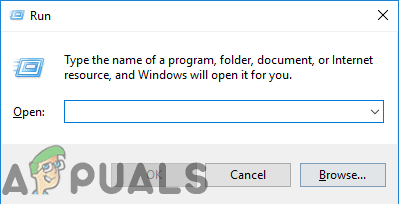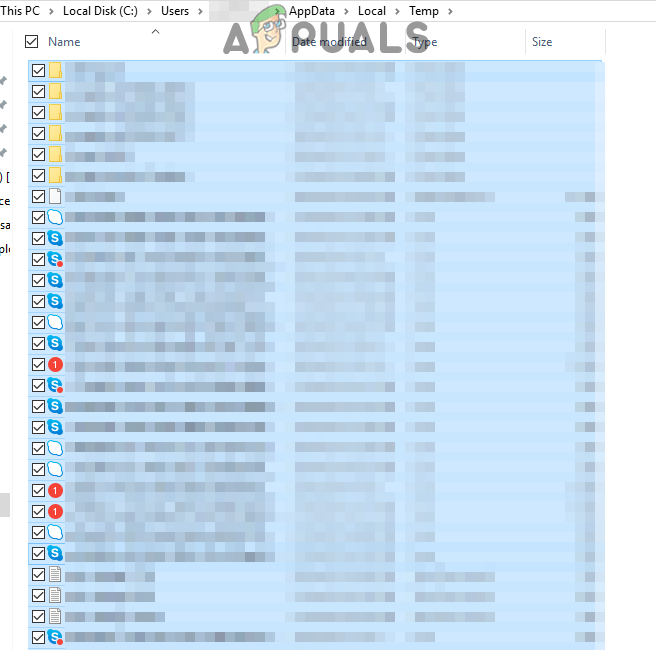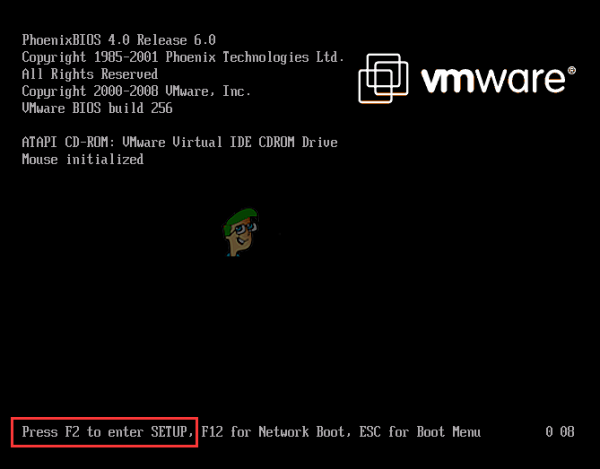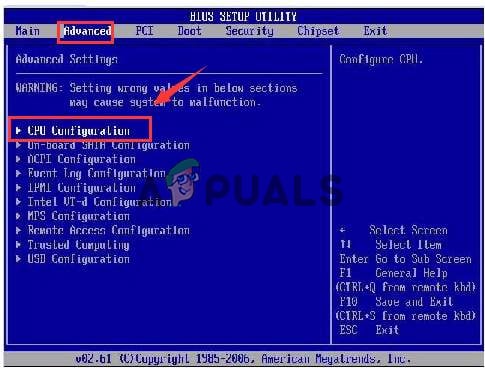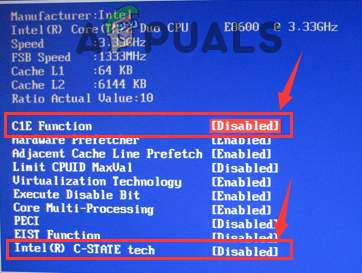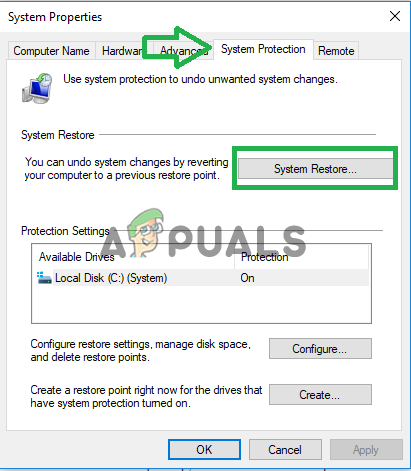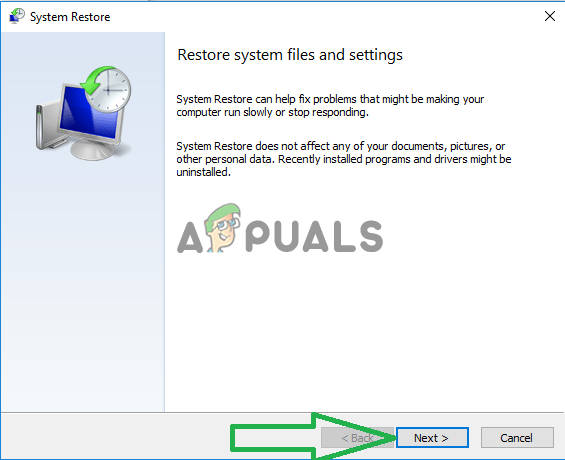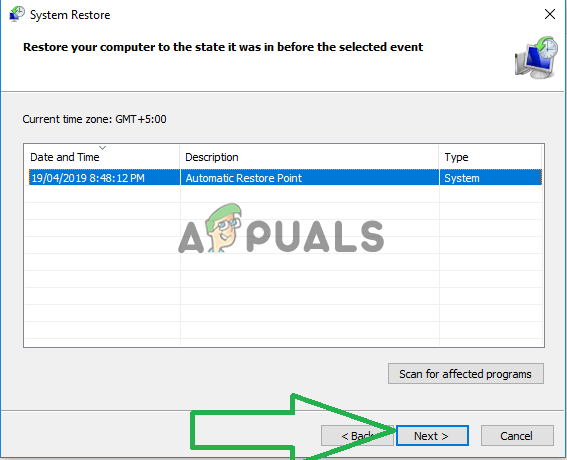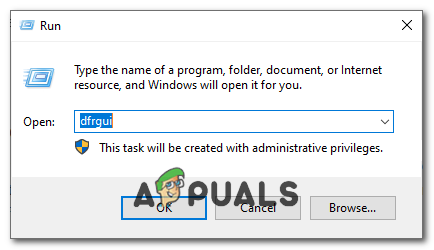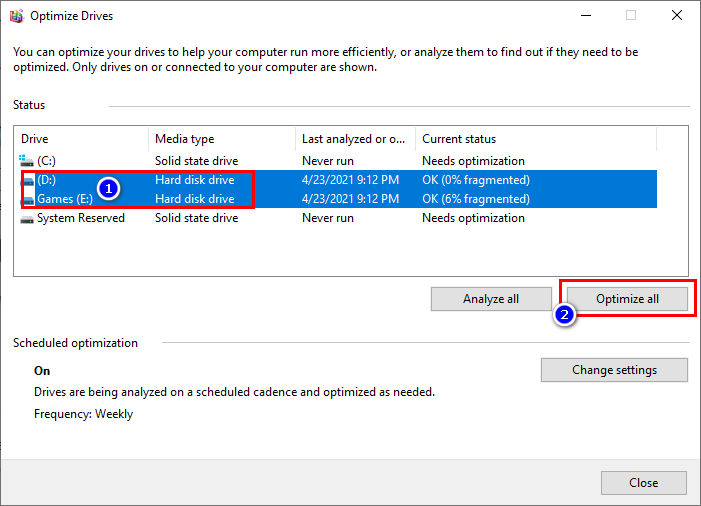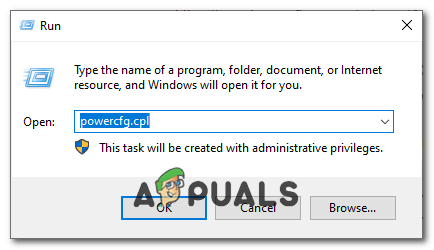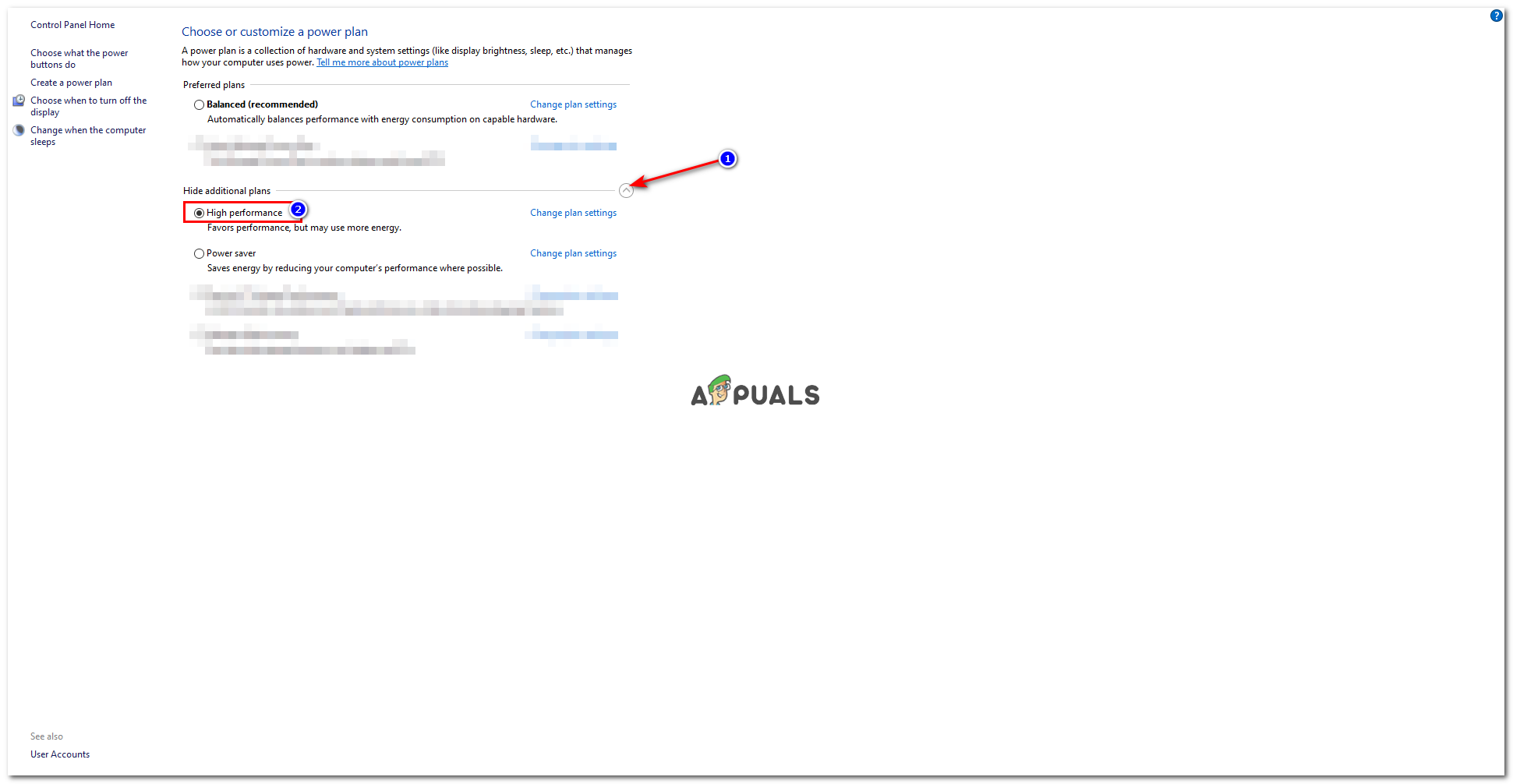Some of your programs and drivers may work without issues, but some may just become incompatible of which the most common one affected is the Video/Graphics driver. There are other causes as well aside from Video/Graphics driver but since this is the most common one, we will troubleshoot it first. Before you begin, sometimes a clean install may also help but since it’s not a sure shot confirmation that Windows 10 will work flawlessly – it is best to troubleshoot and address the original issue (which is what we intend to do) through the various methods that have helped others. If you’re Windows 10 Freezing has started after the creator’s update, please check out Creators Update Crashes guide.
Update Graphics/Video Drivers
Many drivers that are written for Windows 7 and Windows 8.x work fine with Windows 10. However, if you have installed your old drivers with Windows 10 or if they were carried over from the previous install of Windows 7/8/Vista, then we’ll need to upgrade them first. There are two ways to do this, the first one is to update via Device Manager and the second one is to update from the manufacturer’s site. Hold the Windows Key and Press X. Choose Device Manager and navigate to Display adapters. Right-click your graphics card name, (write down the name of the adapter on a paper as well) and then Choose Update driver software -> Search automatically for updated driver software -> And proceed with the instructions on the screen. If the driver is found and updated, reboot PC and then test for a while to see if it still hangs or freezes, if it does then go to the manufacturer’s site, and download the drivers from there and install them, reboot and test. Once you’ve updated the graphics driver and the issue persists, update the audio driver in the same way and test.
If the issue is still not fixed, then we may be having issues with Winsock.
Reset the Winsock Catalog
Hold the Windows Key and Press X. Choose Command Prompt (Admin). In the command prompt, type the following command and press enter. Then reboot the PC and test.
Do a Clean Boot
Clean boot is a good way to stop and disable non-Microsoft services and programs which may be interfering with the routine processes. click (here) to see steps on clean booting.
Increase Virtual Memory
Virtual Memory is supposed to act as a savior where the physical memory (RAM) runs out when running resource-intensive programs. To compensate RAM, Virtual Memory combines the RAM with TEMP Storage on your Hard Disk. Many users have reported that their freezing issue was fixed by increasing the Virtual Memory to 8 GB. To increase VM (Virtual Memory), Hold the Windows Key and Press R. Type sysdm.cpl and Click OK. Then click Advanced -> Settings -> Advanced -> Changed. Uncheck Automatically Manage paging file size for all drives, and choose Custom Size. Set Initial Size to 1000 and Maximum Size to 8192. Then Click OK and Reboot the PC.
Incompatible Programs Reported by Users
Some of these programs we’ve gathered online are found to be incompatible with Windows 10. If you have any of these programs installed, try uninstalling them and then test. These are, (i) Speccy (ii) Acronis True Image (2015), The 2016 version appears to work fine. (iii) Kaspersky.
Turn Off Link State Power Management
Link State Power Management is a power saving mechanism. It has two options, the first one which is Moderate Power Savings, saves less power but recovers quickly from the sleep state. The second one, Maximum Power Savings, saves more power and the time to recover from the sleep state is increased. If you turn it off, the LSPM won’t come into play. Users reported that turning this feature off helped with blank screens and freezing issues especially where NVIDIA/AMD Graphic Cards were being used. Hold the Windows Key and Press R. Type powercfg.cpl and Click OK. Click Change Plan Settings for your Active Plan. Then choose Change Advanced Power Settings, scroll down until you see PCI Express -> Link State Power Management -> Click “whatever” the option is next to Settings, and set it to Off. Then test.
Turn Off Fast Startup
Diagnose Your Hard Disk for Issues
If you’ve tried and tested all of the above methods, then the issue is highly likely related to a faulty hard disk. You would know this yourself by guessing the age of the disk and performance decrements over time. click (here) to test your hard disk.
Switch your Broadcom network adapter’s driver software to the Microsoft one
Another solution to this issue that many affected users have experienced success with is updating their Broadcom network adapter’s driver software to the software provided by Microsoft. In some cases, Broadcom’s own driver software for its network adapters can lead to a Windows 10 computer freezing up randomly, which is why switching to the Microsoft variant of the driver software manages to fix this problem in such cases. However, as you may have already guessed, only users with affected computers that have Broadcom network adapters can use this solution to try and fix this issue. Switching to the Microsoft variant of a Broadcom network adapter’s driver software is pretty simple as the driver software is already there on your computer – all you need to do is switch your Broadcom network adapter over to it. In order to apply this solution, you need to:
Disable Unwanted Apps
Click the Start button or press the Windows Key and choose Settings. Choose the Privacy option and scroll down to the bottom section titled Background Apps, and click on it. From here, disable all unwanted apps that you do not use.
Removing Temporary Files
In some cases, the temporary files stored by applications on the computer might be corrupted. When corrupt, these files can interfere with important system features and cause sluggishness and random freezing of the computer. Therefore, in this step, we will be deleting the temporary files stored by the computer. For that:
Disabling “C-States” in BIOS
“C-States” are basically power saving options that are enabled by default. They turn down the CPU Voltages and speeds to save power. In order to save power, sometimes, they decrease the performance delivered by the computer. Therefore, in this step, we will be disabling “C-States” in bios.
Once in the bios.use the “Arrow” keys on your keyboard to navigate through it.Navigate to the “Advanced” settings and then select “CPU Configurations” option.Navigating to Advanced and selecting “CPU Configuration”Disable both the “C1E function” and the “Intel (R) C State Function” you can do so by highlighting the options and pressing “Enter” on your keyboard, then by pressing the “Arrow” keys you can change their values to “enabled” or “disabled”.Disabling C States optionsNow exit the bios according to the instructions on your screen and make sure to save the changes that you made.Restart the computer and check to see if the issue persists.
Restoring Computer
If the above options didn’t work for you then as a last resort you can try to restore your computer to an earlier date. Make sure to backup important files before doing so. In order to restore your computer.
Defragging your HDD (Skip if you have SSD)
Your old Hard Drive crippled with Fragments can also be an issue in this case because it degrades the overall performance of your computer. Keep in mind that you don’t have to do this step if you are using an SSD as it will degrade its life. You can easily defrag your hard drives by following the methods below:-
Selecting High-Performance Power Plan
Selecting the High-Performance Power Plan can also fix this issue for you, as it will disable some of the power-saving features which can cause your computer to freeze and slow down. If you aren’t using a laptop we highly recommend you to set your power plan to High Performance. Follow the steps below:-
User Suggested Method 1: Turn Off Location Services
I was having the same issues and what I noticed in the Event viewer was that the GPS location was trying to report to Microsoft. I have a desktop so I turned off the location services and no more freezing. Go to Settings, Privacy, Location, and turn that off.
User Suggested Method 2:
Windows 11 Freezes and Crashes Randomly? Here’s How to Fix ItFix: Computer Randomly Restarts Windows 7, 8 and 10Fix: File Explorer Randomly Opens on Windows 10How to Fix ‘Spotify Randomly Lowering Sound’ on Windows 10
